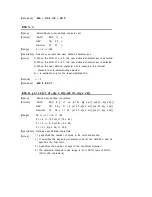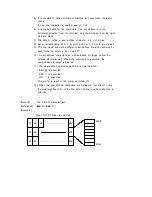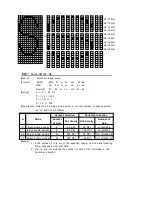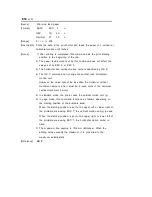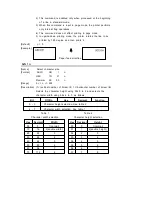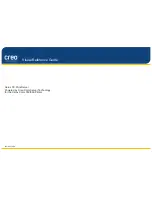
- When 8-dot bit image is selected:
3) The number of dots is calculated by nL + nH x 256.
4) If the bit-image data input exceeds the number of dots to be printed
on a line, the excess data is ignored.
5) d indicates the bit-image data. Set a corresponding bit to 1 to print a
dot or to 0 to not print a dot.
6) If the width of the printing area set by GS L and GS W less than
the width required by the data sent with the ESC * command, the
following will be performed on the line in question (but the printing
cannot exceed the maximum printable area):
The width of the printing area is extended to the right to
accommodate the amount of data.
If step does not provide sufficient width for the data, the left margin
is reduced to accommodate the data.
7) After printing a bit image, the printer returns to normal data
processing mode.
8) This command is not affected by print modes (emphasized, double-
strike, underline, character size or white/black reverse printing), except
upside-down printing mode.
9) The relationship between the image data and the dots to be printed
is as follows;
d1
d2
d3
MSB
LSB
Bit-image data
Print data
Bit-image data
d1 d2 d3
Print data
1dot
Single density
Double density












